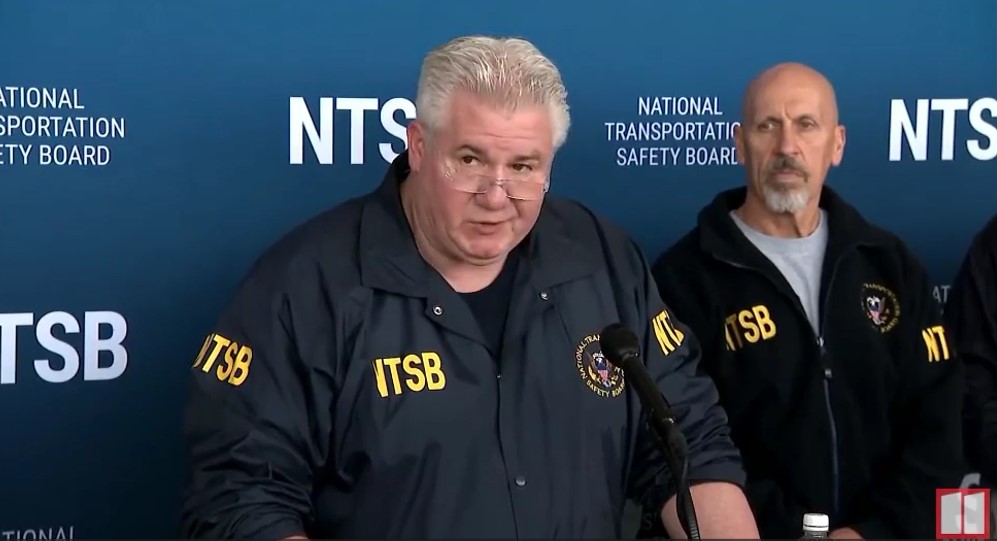When you are standing before microphones, cameras, and reporters, it’s natural to try to provide as much information as possible about a sudden crisis or catastrophe. In doing so, it may be tempting to speculate about the cause of the tragedy or who may be at fault. If you find yourself in that situation, fight and defeat the temptation to speculate.
In the immediate aftermath of the horrendous airplane/helicopter collision in Washington, D.C., National Transportation Safety Board members met with reporters. The board, which investigates all plane crashes, made it crystal clear that members would not step into the speculation trap. One of them, J. Todd Inman, outlined the board’s mission, including its policy toward speculation, as you will see in the clip below.
Inman’s message was direct and not subject to interpretation. Certainly, he knew the public, including families and friends of the 67 people who perished in the collision, wanted to know why it happened and who was to blame. But Inman also knew he couldn’t provide fact-based answers and offering speculative theories would not be helpful.
Instead, Inman outlined the board’s investigative goals and timeline. He told reporters what he knew, not what he didn’t know. Inman wasn’t concerned about the media’s thirst for immediate answers. And neither should you if your company or organization faces a crisis that requires you to deal with the media.

